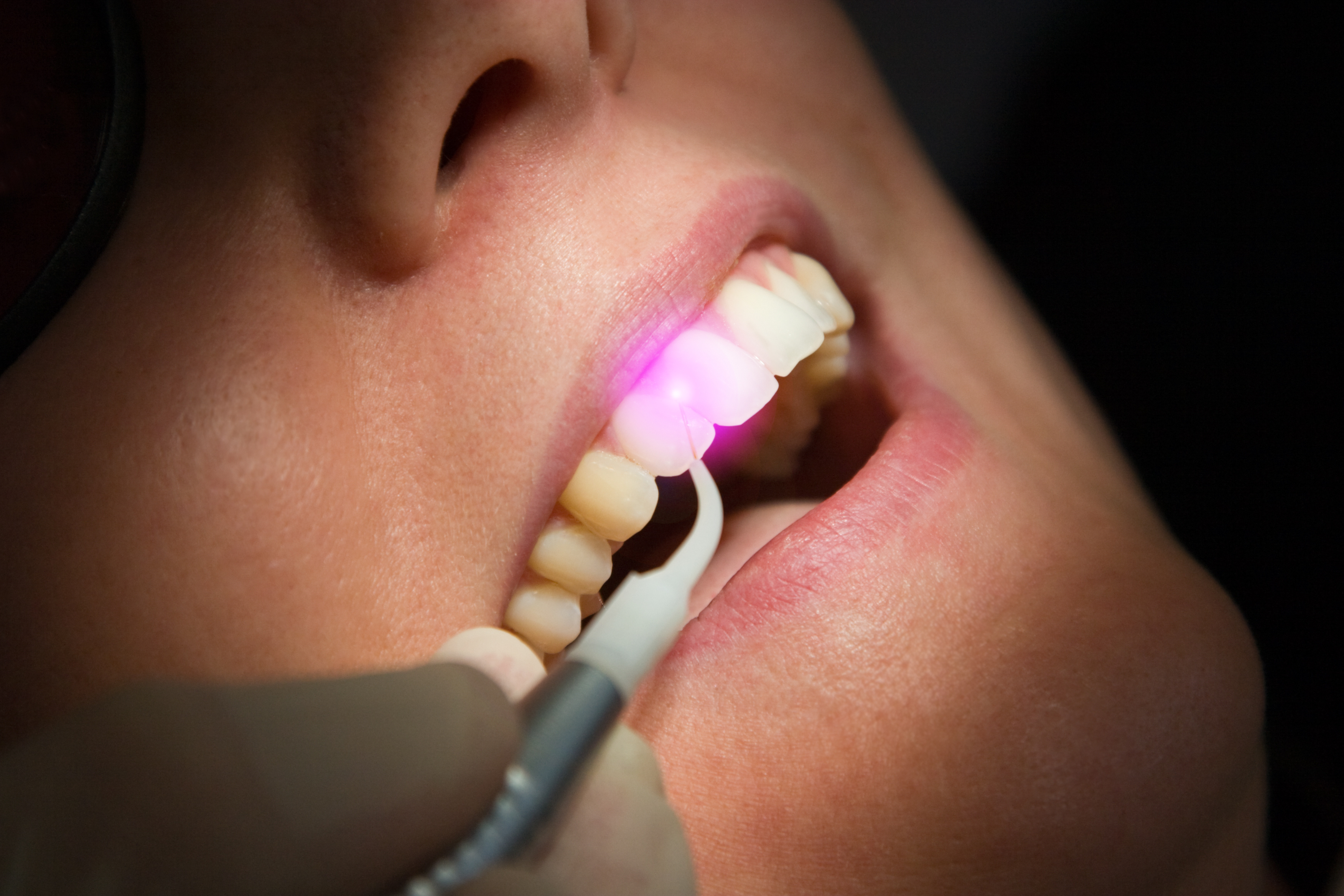CHICAGO (Academy of General Dentistry) -Would you spend more than $40,000 on equipment that would allow you to complete oral surgeries with virtually no pain or blood and a vastly reduced healing time? Today’s dental laser manufacturers think so, and many dentists are exploring the possibilities that this new technology affords practitioners. An article in the May issue of AGD Impact, the newsmagazine of the Academy of General Dentistry (AGD), provides an explanation of how dental lasers work, what different types of lasers have been developed for dentistry, and why dentists should consider purchasing a laser for their offices.
Since the first dental lasers-approved for soft tissue applications and hardening of composite resin dental fillings-were introduced in 1991, dental lasers have become more sophisticated, varied and applicable for more procedures. Today, there are more than 17 different dental laser applications that can help patients achieve better oral health. They are being used to clean out cavities and root canals, reshape gums, and whiten teeth, among other uses.
But, as with every new technology, there is a period of induction. The market must be educated about why lasers are superior to other equipment. Ohio dentist Louis Malcmacher, DDS, says “The benefits to the patients are many-there is less pain, less trauma, less need for local anesthesia or postoperative pain medication, [and] less fear of drills and of the dentist.” He also highlights benefits for the dentist saying “[dentists can] do more procedures they may have referred out, such as crown lengthening procedures, soft tissue procedures like frenectomies, gingivectomies, and the like, and the laser is a huge practice builder as patients find out the benefits of laser dentistry.”
More procedures and more patients usually equate to more money, which is music to a dentist’s ears. But, there is another obstacle presented to dentists interested in lasers: cost. Gene Antenucci, DDS, a general dentist in Huntington, N.Y., suggests that dentists interested in purchasing a laser should calculate a return on investment, as with any major technology purchase. He says “You have to calculate the dollar value of the laser versus the number of procedures to justify your investment. The return on a laser investment is fairly high.” Also, for users, there is a learning curve.
Although there are no state laws requiring dentists to have training in the use of lasers, it is to the dentist’s benefit to learn about them not only to purchase the right one for their practice, but to maximize their investment and ensure patient safety. The Academy of Laser Dentistry (ALD) has adopted the Curriculum Guidelines and Standards for Dental Laser Education, which recommends attending a Standard Proficiency Course (Category II), including specific laser proficiency and laboratory knowledge. Although manufacturers provide training, not all of their courses are recognized as standard proficiency.
The technology is constantly evolving and improving. Dr. Antenucci expects “to see a lower cost of the laser unit, and a more streamlined unit [in the near future],” and anticipates “improvement in hard tissue laser capabilities, such as it being more efficient with decay removal and tooth preparation.”
And with these advances in technology and reductions in cost, dentists’ may no longer wonder if lasers will replace their current instruments; they will wonder when.

